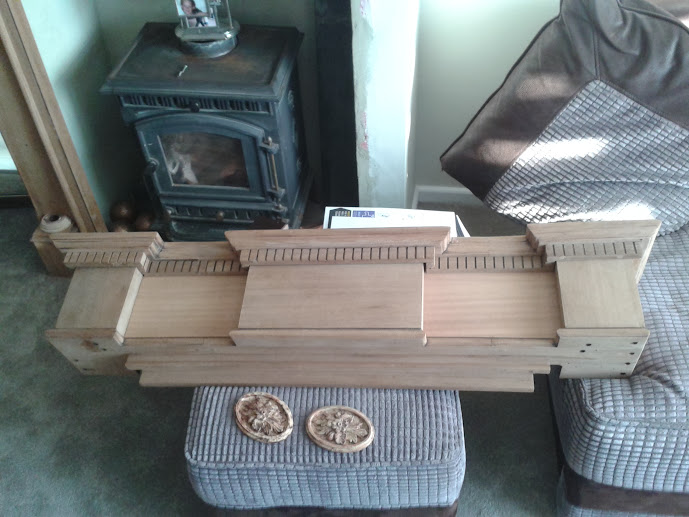Stimpi
Established Member
Further to AndyT’s interesting post on his making an oilstone box I did at the time whish to make a reply but could not due to problems with my computer. These are still being resolved and aim to fully back on line soon.
Andy’s post took me back to when as a first year apprentice I purchased a brand new “India” oil stone and was given instruction by the boss to one The method described was much in the same manner as described and demonstrated by Andy. There was one proviso laid down before I was let loose on butchering a nice piece of oak, I had to practice, in between the essential tasks of tea making, sweeping up, running errands and other important duties a first year apprentice is required to carry out.
The practice piece was a “Grease Box” the material being any suitable hardwood waste lying about the machine shop.
Rule 1. Only hand tools can be used. (You had to be over 18 to use a machine) and I had just turned 16.
Rule 2. You had to do it yourself. No help only advice and demo’s.
Rule 3. When you cock up throw what you have done away and start again till you get it right and when you have it right make the oilstone box.
All the guys had one and if you are wondering what a “grease box” is? It is a small box similar to a snuff box which contains goose grease, (or any grease). The grease is used on the threads of brass screws which are then screwed generally into hardwood. If screwed direct into hardwood, brass screws can break off a real pain if in a brass hinge. Another tip is to pre-screw with a steel screw, remove and replace with brass. The grease still assists.
Because we were also undertakers and made our own coffins some of the tradesmen’s grease boxes were in the shape of coffins, but I stuck to the simple snuff box shape. It served me well up to leaving woodworking to study surveying, probably still in my apron pocket when mum threw it out years later.
Reading Andy’s post gave me a yearning to make another instead of the machine grease or plastic container of lard. Why goose grease? Well there was always plenty of the stuff around as we also used it to seal manhole lids and it was free and it worked. Any grease will suffice Lard is the cheaper which also works well.
I have been renovating a retro antique fire surround for a neighbour built from some real crappy mahogany.
The dust it creates is phenomenal, just like snuff! I can only stand a couple of hours at a time wearing dust masks, extractor full on and the camvac operating. During a break decided to make a “Grease Box” again only using hand tools.
Andy’s post took me back to when as a first year apprentice I purchased a brand new “India” oil stone and was given instruction by the boss to one The method described was much in the same manner as described and demonstrated by Andy. There was one proviso laid down before I was let loose on butchering a nice piece of oak, I had to practice, in between the essential tasks of tea making, sweeping up, running errands and other important duties a first year apprentice is required to carry out.
The practice piece was a “Grease Box” the material being any suitable hardwood waste lying about the machine shop.
Rule 1. Only hand tools can be used. (You had to be over 18 to use a machine) and I had just turned 16.
Rule 2. You had to do it yourself. No help only advice and demo’s.
Rule 3. When you cock up throw what you have done away and start again till you get it right and when you have it right make the oilstone box.
All the guys had one and if you are wondering what a “grease box” is? It is a small box similar to a snuff box which contains goose grease, (or any grease). The grease is used on the threads of brass screws which are then screwed generally into hardwood. If screwed direct into hardwood, brass screws can break off a real pain if in a brass hinge. Another tip is to pre-screw with a steel screw, remove and replace with brass. The grease still assists.
Because we were also undertakers and made our own coffins some of the tradesmen’s grease boxes were in the shape of coffins, but I stuck to the simple snuff box shape. It served me well up to leaving woodworking to study surveying, probably still in my apron pocket when mum threw it out years later.
Reading Andy’s post gave me a yearning to make another instead of the machine grease or plastic container of lard. Why goose grease? Well there was always plenty of the stuff around as we also used it to seal manhole lids and it was free and it worked. Any grease will suffice Lard is the cheaper which also works well.
I have been renovating a retro antique fire surround for a neighbour built from some real crappy mahogany.
The dust it creates is phenomenal, just like snuff! I can only stand a couple of hours at a time wearing dust masks, extractor full on and the camvac operating. During a break decided to make a “Grease Box” again only using hand tools.



































